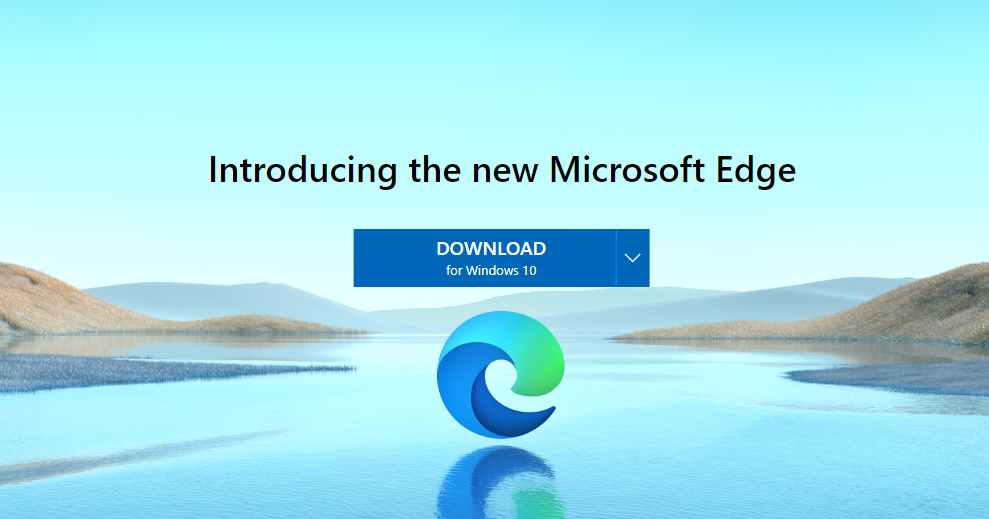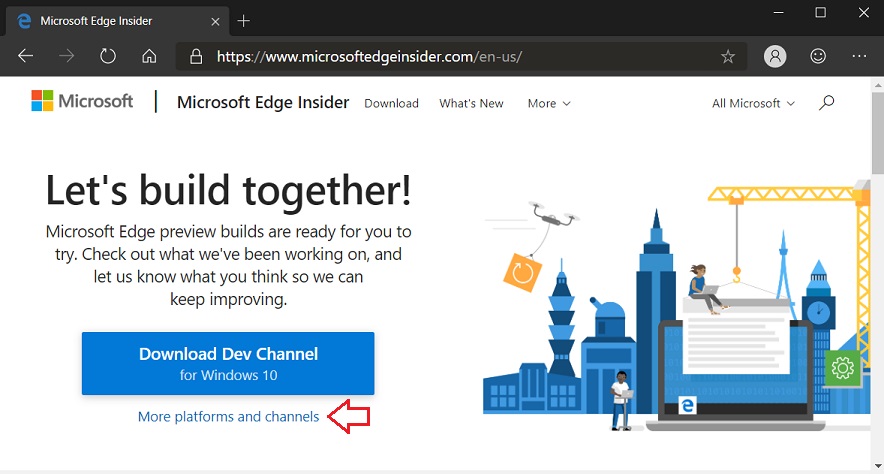
This design by Google is obviously a tribute to a multi-platform browser that should be managed with similar settings across all operating systems. The configuration by GPOs is normally mandatory, whereas the Group Policy Preferences are meant to set modifiable default values. The settings follow Chrome’s logic, which is atypical for group policies, because some of them only define default values that can be changed by the user. Hence, the template still contains settings for Google SafeSearch, YouTube, and Cast. Microsoft did not or was not allowed to completely remove those settings that were tailored for Google services. The ADMX template is essentially from Chromium, and Microsoft has only added or changed a few settings. However, a comparison with Chrome’s group policies shows that Microsoft did not develop the GPO support for Edge itself. One might be surprised that Microsoft was able to provide more than 180 GPO settings for the Chromium-based browser right away, since the predecessor only had about 50 after several updates. In the future, the settings available for GPOs will also be offered as CSPs for Mobile Device Management. The focus is on the administrative templates that are now available, so that companies can manage the browser using group policies. At some point, the Windows 10 security feature “Application Guard” will run the browser in an isolated VM to prevent malware from infecting the system.ĭue to its management features, Microsoft has already declared the current preview to be Ready for Business. The integration of most of these services is underway and will be available in upcoming releases. Examples include logging on to Azure Active Directory with support for conditional access and integrating the Information Protection DRM service to prevent users from printing or copying specific pages.Īn enterprise tab is also planned, which automatically displays content from an intranet, frequently used web applications, or documents from Office 365 when opened. In a further step, Microsoft wants to integrate services that are particularly appealing to companies.

This includes setting up Bing as the standard search engine, synchronizing user profiles via Azure instead of Google Cloud, or using SmartScreen instead of Google Safe Browsing. The latter aims to replace Google services with their Microsoft equivalents. Edge integration with cloud services at an early stage


In addition to adapting the Edge user interface to Chromium, these primarily include integration with Windows and the company’s own cloud services. After the announcement to give up its own rendering engine and to use Chromium as a basis for Edge, the to-dos for Microsoft have been basically clear.


 0 kommentar(er)
0 kommentar(er)
